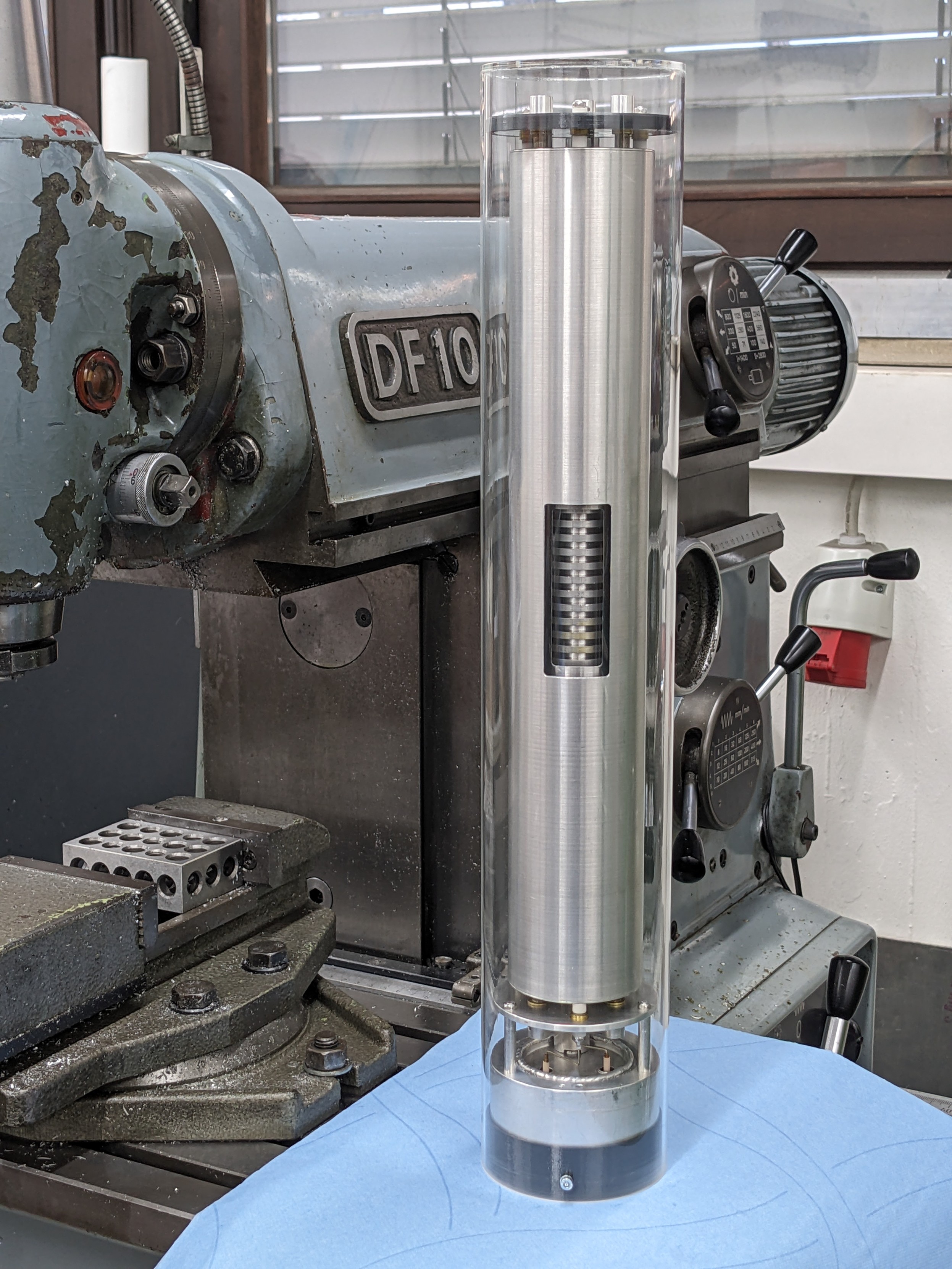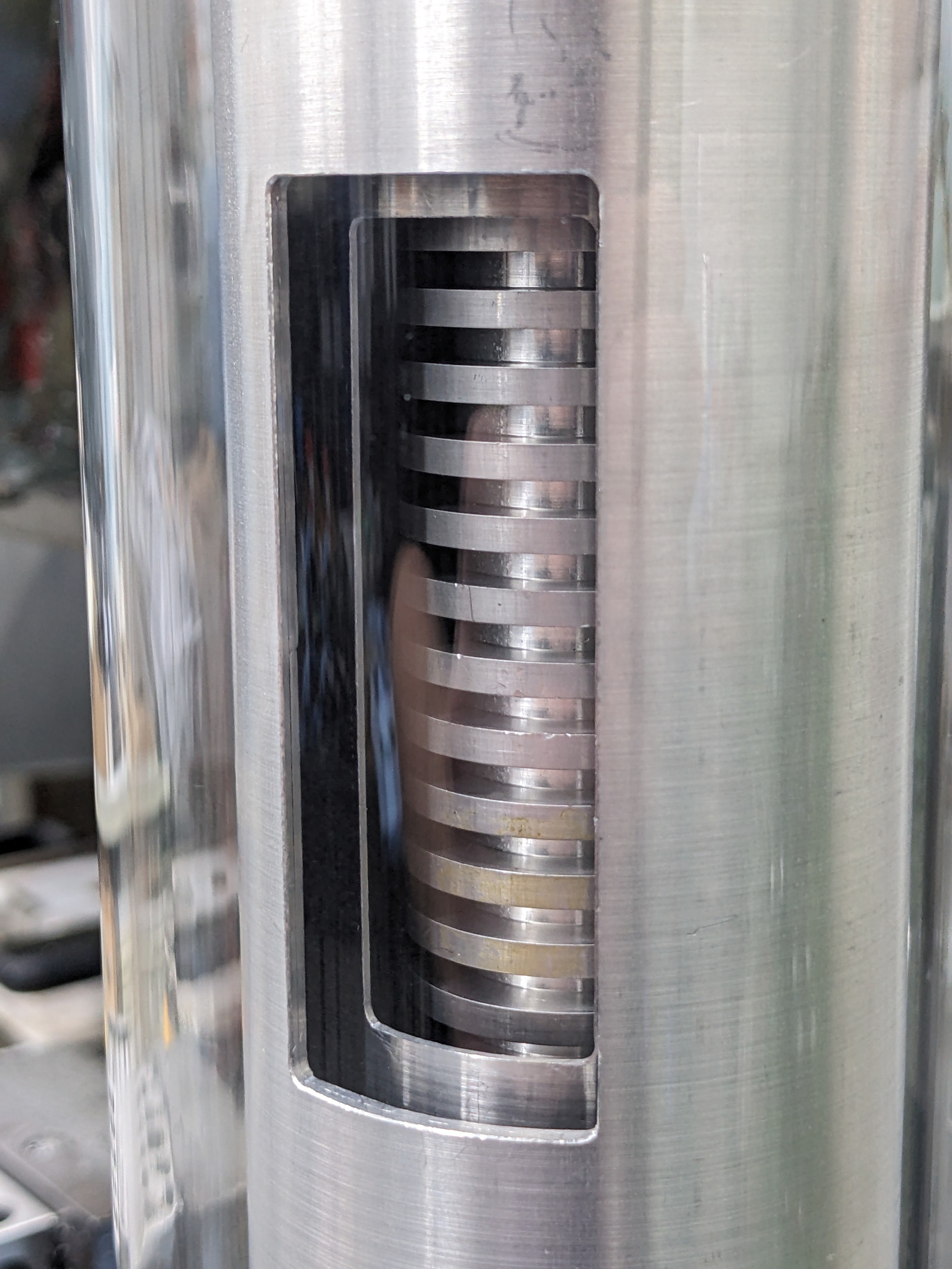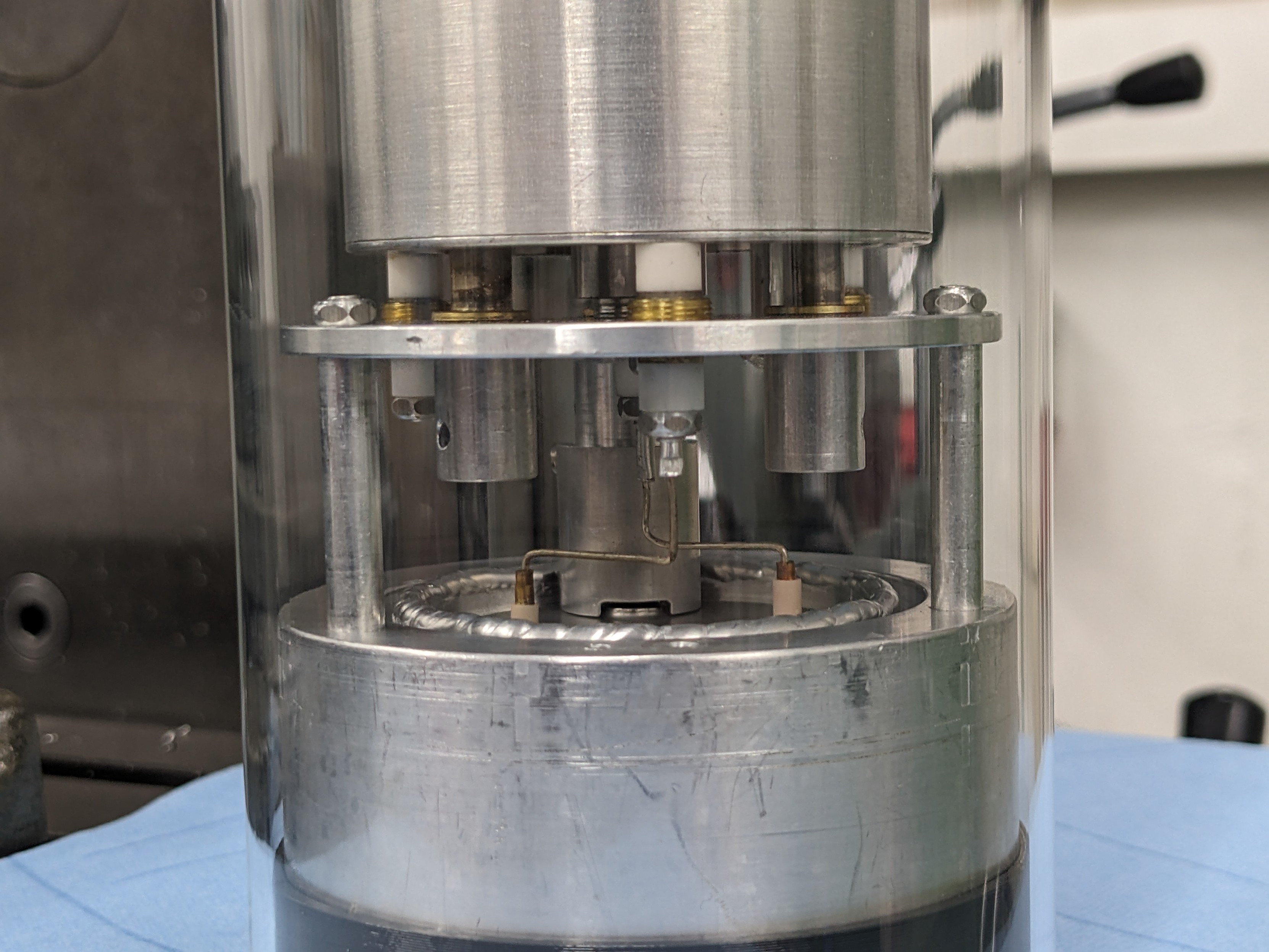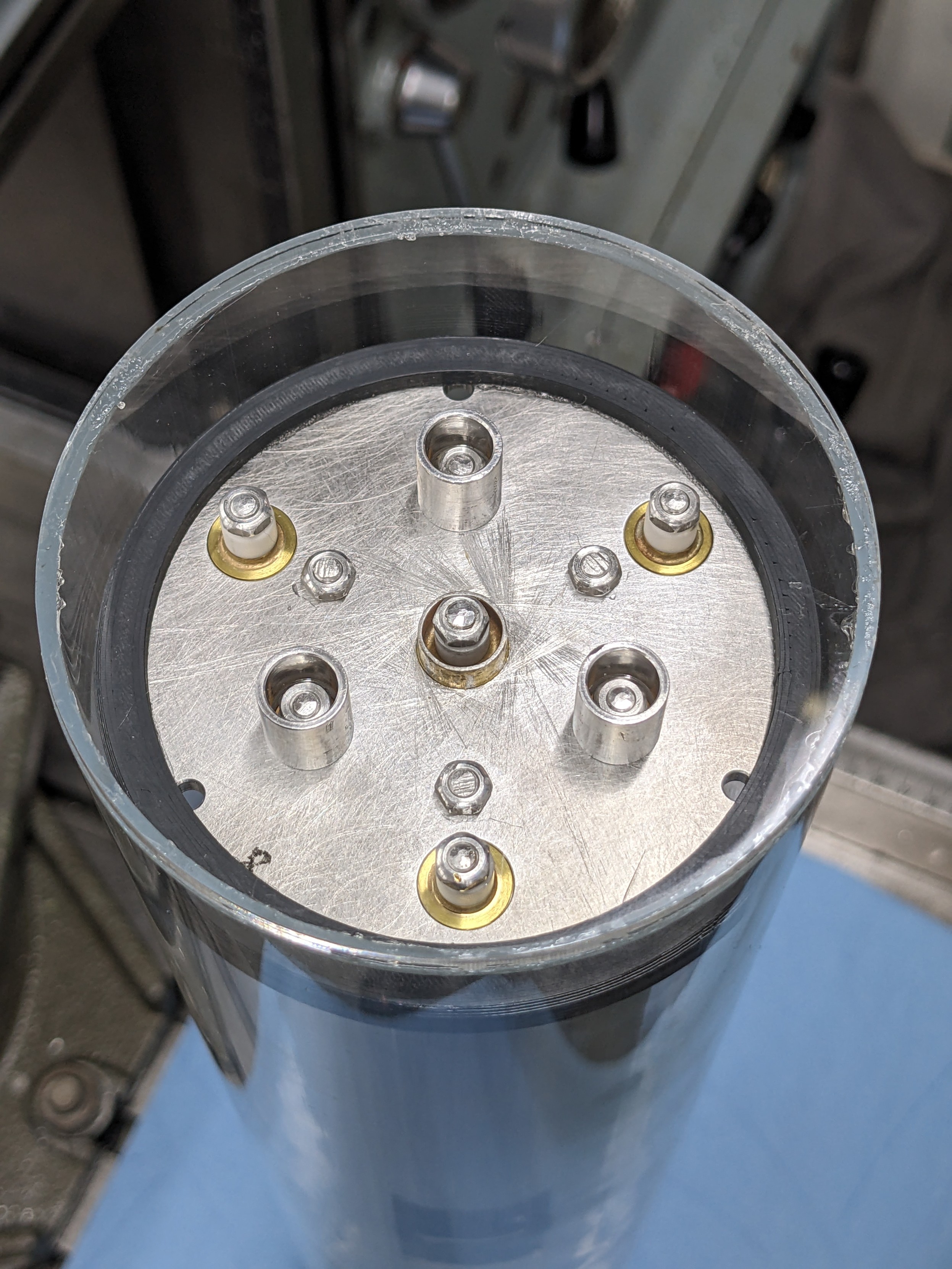Posts
440Following
463Followers
357📡 https://w7txt.net/
🐧 https://blog.namei.org/
☠️ https://www.facebook.com/w7txt
James Morris
jmorrisRE: https://hachyderm.io/@petrillic/113805844834383637
James Morris
jmorris- Investigating the Extended Frequency Range of the WA1MBA Millimeter Wave Quadrupler.
- Open Source Arduino Controller for Surplus Flatpack2 PSU.
#hamradio
#amateurradio
#microwave
#eme
#moonbounce
#electronics
gigabecquerel
gigabecquerel@chaos.socialIt's a gamma compensated neutron ionisation chamber!
Basically two chambers in one, sharing one electrode. One chamber is coated in boron to make it neutron sensitive, the other isn't and with some clever wiring of both chambers you can make sure the current on the shared electrode is just from neutrons, regardless of the gamma background!
You'll typically find these very close to a reactor core, used for measuring power.
Christian Brauner 🦊🐺
brauner@mastodon.socialI've written a post that shows how to list all mounts in all mount namespaces (all mounts on the system) using new apis we added to the #vfs last year.
Lennart Poettering
pid_eins@mastodon.socialHere's a blog story with the links to all those #systemd257 stories on Mastodon:
https://0pointer.net/blog/announcing-systemd-v257.html
Enjoy! And stay tuned for #systemd258!
James Morris
jmorrisSeems to be growing for #amateurradio & related lately. Currently I'm randomly posting across X, here, and bsky.
James Morris
jmorrisRE: https://hachyderm.io/@molly0xfff/113539381334735295
Lennart Poettering
pid_eins@mastodon.social1️⃣9️⃣ Here's the 19th post highlighting key new features of the upcoming v257 release of systemd. #systemd257
A relatively basic feature of systemd's service management is the ability to automatically restart a service in case it terminates unexpectedly, configurable via the Restart= setting.
In v254 we added the RestartMode= setting that allows to fine tune the mechanism to use for restarting the service, i.e. it adds a logic to optionally avoid marking the service as failed between…
James Morris
jmorris@spacetelescope definitely worth clicking through: the image holds a second discovery that’s easier to overlook. Examine the white elliptical galaxy at left. A faint red arc appears in the inset at 10 o’clock. This is a very distant galaxy whose light is bent by the gravity of the elliptical foreground galaxy – and its appearance is duplicated. The stretched red arc is warped where it reappears – as a dot – at 4 o’clock. These images of the lensed galaxy are so faint and so red that they went unrecognized in Hubble data, but are unmistakable in Webb’s near-infrared image.
RE: https://astrodon.social/@spacetelescope/113568009758709150
James Morris
jmorrisRE: https://fosstodon.org/@yabellini/111727900478196827



